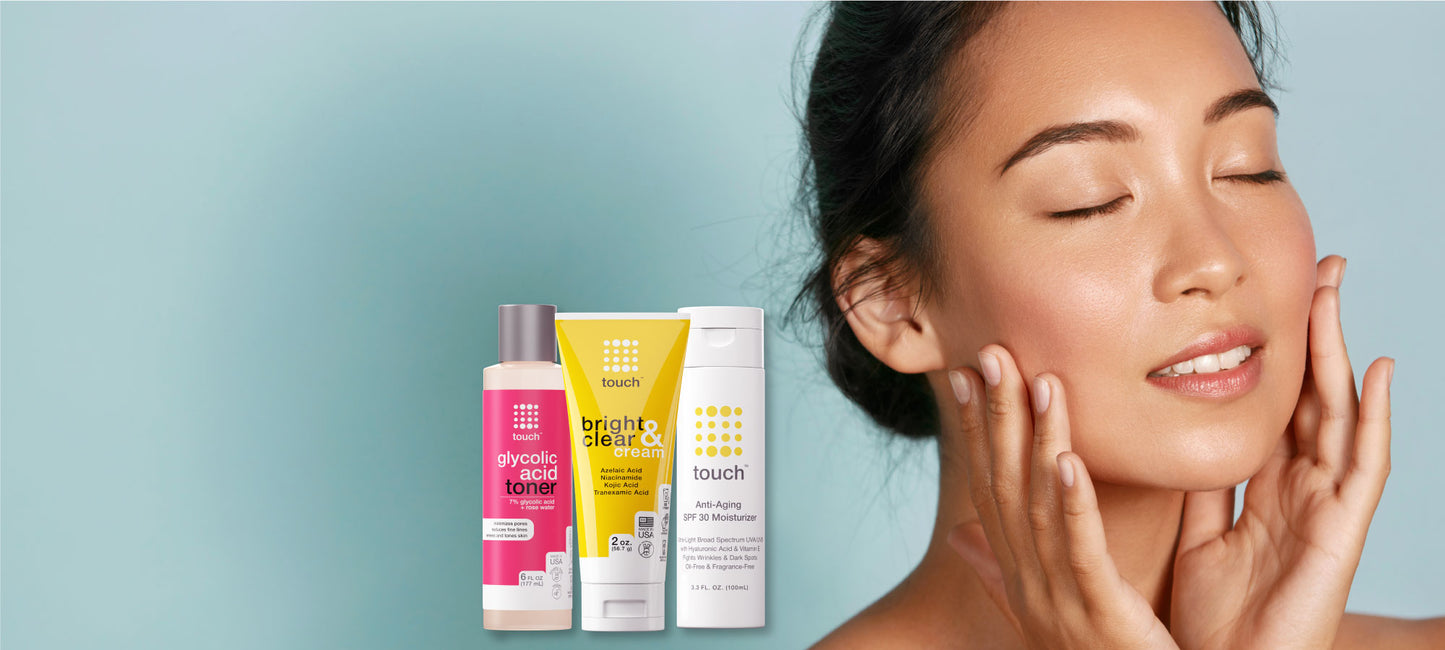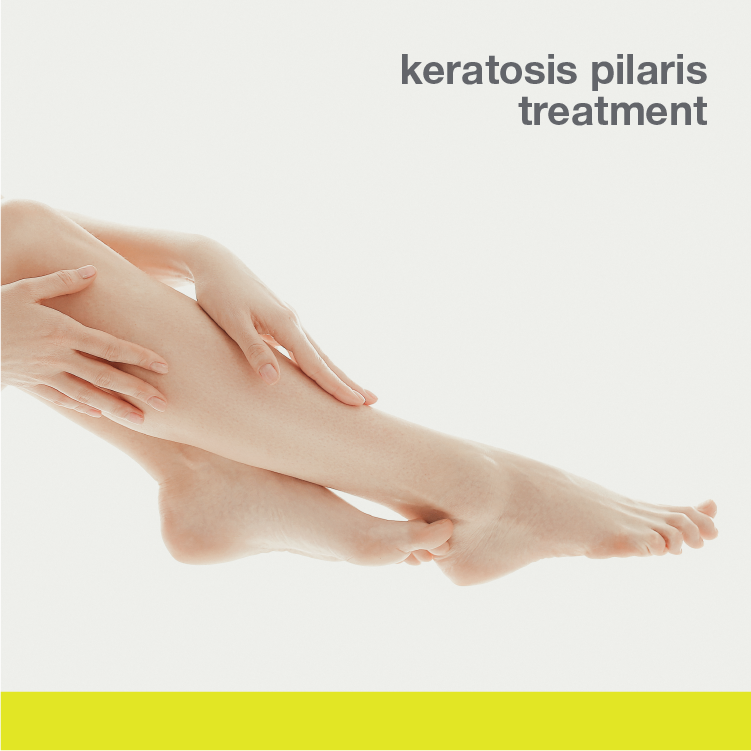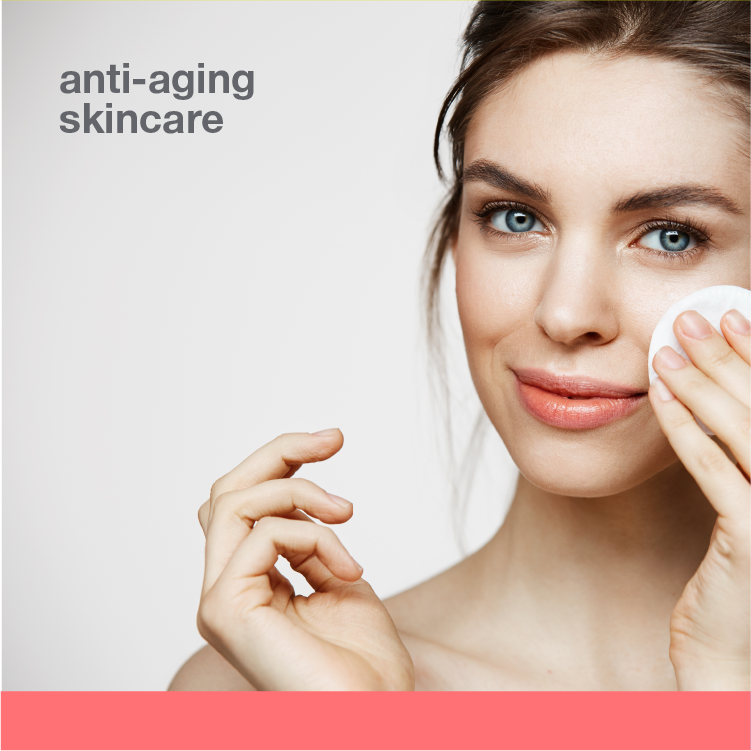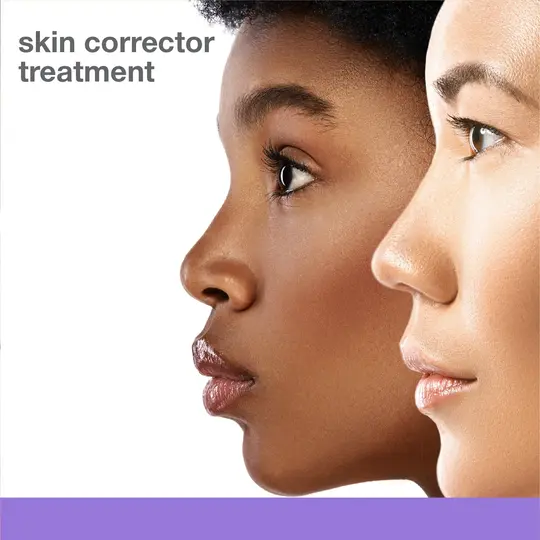
Unlock the secret to a glowing complexion with our expert guide on the art of layering skincare products effectively.
- Identify your skin type and concerns for personalized care.
- Follow the sequence: cleanse, tone, apply serum, moisturize, and use sunscreen.
- Allow proper absorption between layers and adjust routines seasonally.
- Patience and consistency are essential for visible results.
In the quest for a glowing, healthy complexion, understanding how to layer skincare products is paramount. Beyond choosing high-quality skincare items, knowing the correct order of application is crucial, as it can significantly enhance the effectiveness of each product, thereby transforming your skin's appearance and texture.
With an array of products available, from cleansers to serums and moisturizers, the task of determining the optimal sequence can be overwhelming. This guide aims to simplify the process, offering expert insights on how to layer your skincare products to ensure your skin reaps the maximum benefits.
Identifying Your Skincare Needs
The first step in any skincare regimen is to identify your skin type and concerns. Whether your skin is oily, dry, combination, sensitive, or normal, understanding this will influence your choice of products, allowing you to address specific issues such as acne, fine lines, hyperpigmentation, or dehydration effectively.
A basic skincare routine includes a cleanser, toner, moisturizer, and sunscreen. For targeted concerns, incorporating serums or treatments with active ingredients like vitamin C, retinol, hyaluronic acid, or niacinamide can be particularly beneficial.
The Fundamental Principle of Skincare Layering
The essence of layering skincare lies in the application from the lightest to the heaviest formulas. This approach ensures optimal absorption of each product, thereby maximizing efficacy.
The recommended sequence is to cleanse, tone, apply serum (or a cream for dark spots), moisturize, and finish with sunscreen during the day.
Let's explore each step in detail:
CLEANSING
Begin with a gentle cleanser to remove impurities without compromising the skin's natural oils. Choose products that are kind to your skin's pH and free from aggressive detergents like sodium lauryl sulfate (SLS).
Depending on your skin’s condition, your skincare regimen may require a product on the scale from a mild cleanser to something a bit stronger. For example, people suffering from keratosis pilaris, also known as ’’chicken skin’’ may benefit more by using a Glycolic Acid Exfoliating Wash to remove keratin buildup from the pores of their skin.
TONING
A toner is next, setting the stage for the rest of your skincare routine. Toners not only restore the skin's pH balance but also eliminate any lingering impurities, paving the way for improved absorption of serums and moisturizers.
SERUMS
Concentrated with active ingredients, serums are designed to address specific skincare concerns. The application of serums before heavier products ensures their potent ingredients penetrate deeply. Key serum ingredients include:
- Vitamin C: For brightening and dark spot reduction.
- Hyaluronic Acid: For hydration and minimizing fine lines.
- Antioxidants: To protect against environmental damage and aging.
- Glycolic Acid: For exfoliation and an even skin tone.
- Retinol: To stimulate collagen production and smooth the skin
MOISTURIZING
After cleansing, toning, and applying serums, the next step is to apply your face cream or moisturizer. This step is essential regardless of your skin type – oily, dry, combination, sensitive, or normal. The function of a face cream goes beyond mere hydration; it creates a protective layer over the skin that shields it from environmental aggressors, such as pollution and the drying effects of air conditioning and heating.
This protective barrier also helps to prevent transepidermal water loss (TEWL), where water evaporates from the skin, leading to dehydration.
It’s often beneficial to use complementary products from the same brand for enhanced synergy and effectiveness, like Bright and Clear Bundle by Touch Skin Care which offers a harmonious blend of cleansing, hydration, and sun protection tailored to meet your skin's needs.
SUNSCREEN
A crucial final step in your morning routine, applying a broad-spectrum SPF of at least 30 shields your skin from harmful UV radiation. To learn more about sunscreen, who needs it, and when and how much, check out this article compiled by experts from the American Association of Dermatology.
Customize Your Skincare Routine
It's important to remember that skincare is highly personal. The sequence and products mentioned serve as a guideline; however, listening to your skin and making adjustments based on its reactions is key.
For example, when introducing new active ingredients, consider their potency and potential for irritation, adjust their use accordingly, and always perform a patch test before committing to a product.
FAQs About Skin Layering Order
- How long should I wait between applying different skincare products?
It's generally recommended to wait about 30 seconds to a minute between applying different products. This allows each product to be absorbed properly. However, for treatments like retinol or chemical exfoliants, you might wait a bit longer, up to a few minutes, to ensure they don't interact negatively with subsequent layers.
- Can I mix my serum with my moisturizer to save time?
While mixing products to save time might be tempting, it's best to apply them separately. This ensures that each product can function as intended and penetrate the skin effectively. Mixing can dilute the formulas, potentially reducing their effectiveness.
- Can I skip sunscreen if my moisturizer already has SPF?
If your moisturizer has an SPF of 30 or higher, it can serve as your sunscreen step, provided you apply enough of the product to adequately cover all exposed areas of your skin. However, if you spend much time outdoors or in direct sunlight, consider using a separate sunscreen for added protection.
- Is it necessary to change my skincare routine with the seasons?
It's often beneficial to adjust your skincare routine based on the season. During winter, you may need to incorporate more hydrating products to combat dryness, while in summer, lighter formulations and increased sunscreen application are advisable to protect against UV damage and manage increased oiliness.
Additional Tips for Skincare Success
Patience is Key: Visible changes won't happen overnight. Consistency and patience in your skincare routine are crucial for achieving long-term results.
Patch Test New Products: Before fully integrating a new product into your routine, perform a patch test to minimize the risk of adverse reactions.
Consider Seasonal Changes: Your skin's needs can change with the seasons. Be prepared to adjust your routine in response to these variations, such as incorporating more hydrating products in winter.
Nighttime Treatments: The evening is an excellent time to use treatments like retinol or exfoliating acids, as these ingredients can make your skin more sensitive to sunlight. Moreover, the skin's repair processes are more active at night, enhancing the effectiveness of these products.
Layering your skincare products correctly is a powerful tool in achieving and maintaining a radiant complexion. By following the steps outlined and tailoring your routine to your skin's unique needs, you're well on your way to unlocking the full potential of your skincare regimen. Remember, the journey to healthy skin is a marathon, not a sprint. Embrace each step with care, and revel in the gradual transformation of your skincare.




